In the adjoining figure, AP⊥BC,AD||BC, then find A(ΔABC):A(ΔBCD).
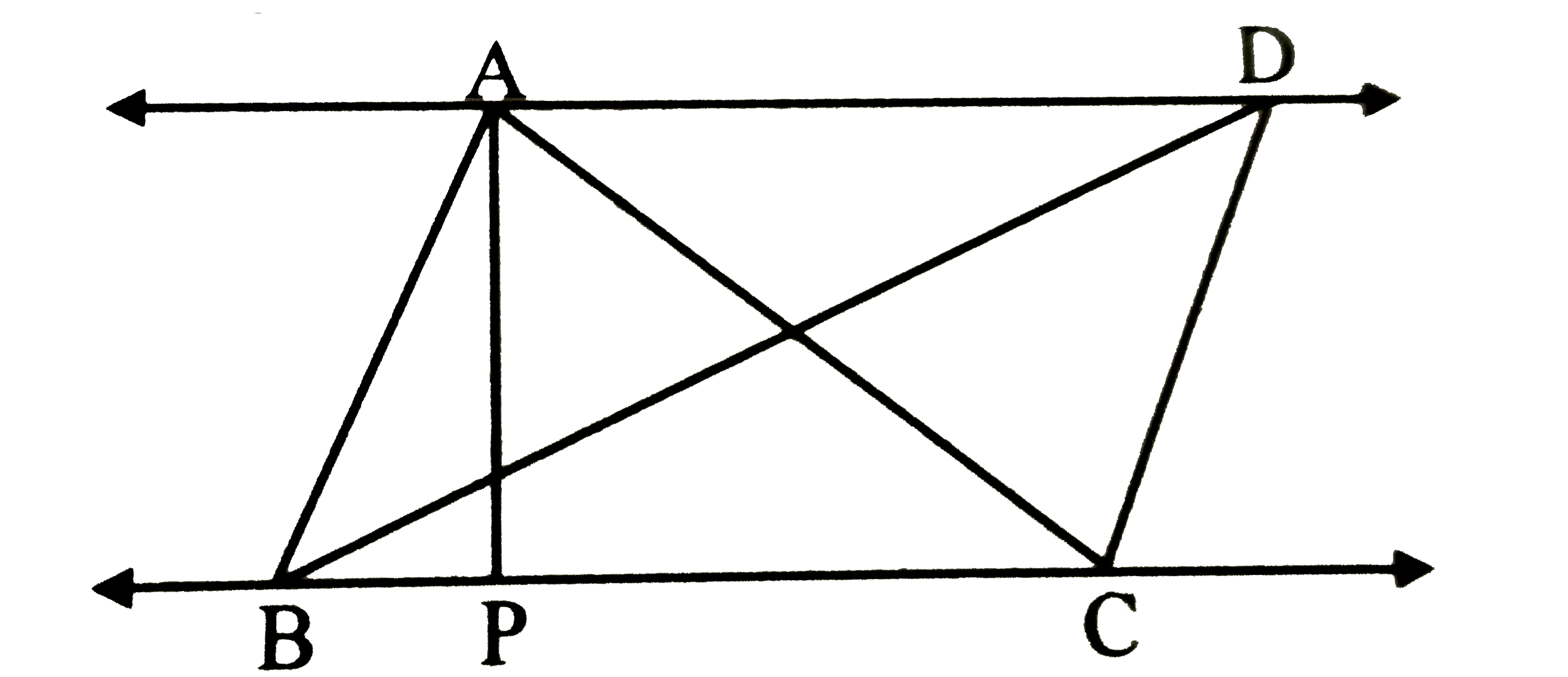
The correct Answer is:∴ A(ΔABC):A(ΔBCD)=1:1
Step by step video & image solution for In the adjoining figure, AP bot BC, AD abs() BC, then find A(DeltaABC):A(DeltaBCD). by Maths experts to help you in doubts & scoring excellent marks in Class 10 exams.
Updated on:21/07/2023Topper's Solved these Questions
- SIMILARITY BOOK - TARGET PUBLICATIONCHAPTER - SIMILARITY EXERCISE - Practice Set 1.2
11 Videos
- SIMILARITY BOOK - TARGET PUBLICATIONCHAPTER - SIMILARITY EXERCISE - Practice Set 1.3
9 Videos
- SIMILARITY BOOK - TARGET PUBLICATIONCHAPTER - SIMILARITY EXERCISE - Try this
1 Videos
- QUESTION FROM STD. IXBOOK - TARGET PUBLICATIONCHAPTER - QUESTION FROM STD. IXEXERCISE - Statistics
14 Videos
- STATISTICSBOOK - TARGET PUBLICATIONCHAPTER - STATISTICSEXERCISE - Problem Set-6
21 Videos
Similar Questions
In the adjoining figure, PQ⊥BC,AD⊥BC, then find ratio
A(ΔPBC)A(ΔABC).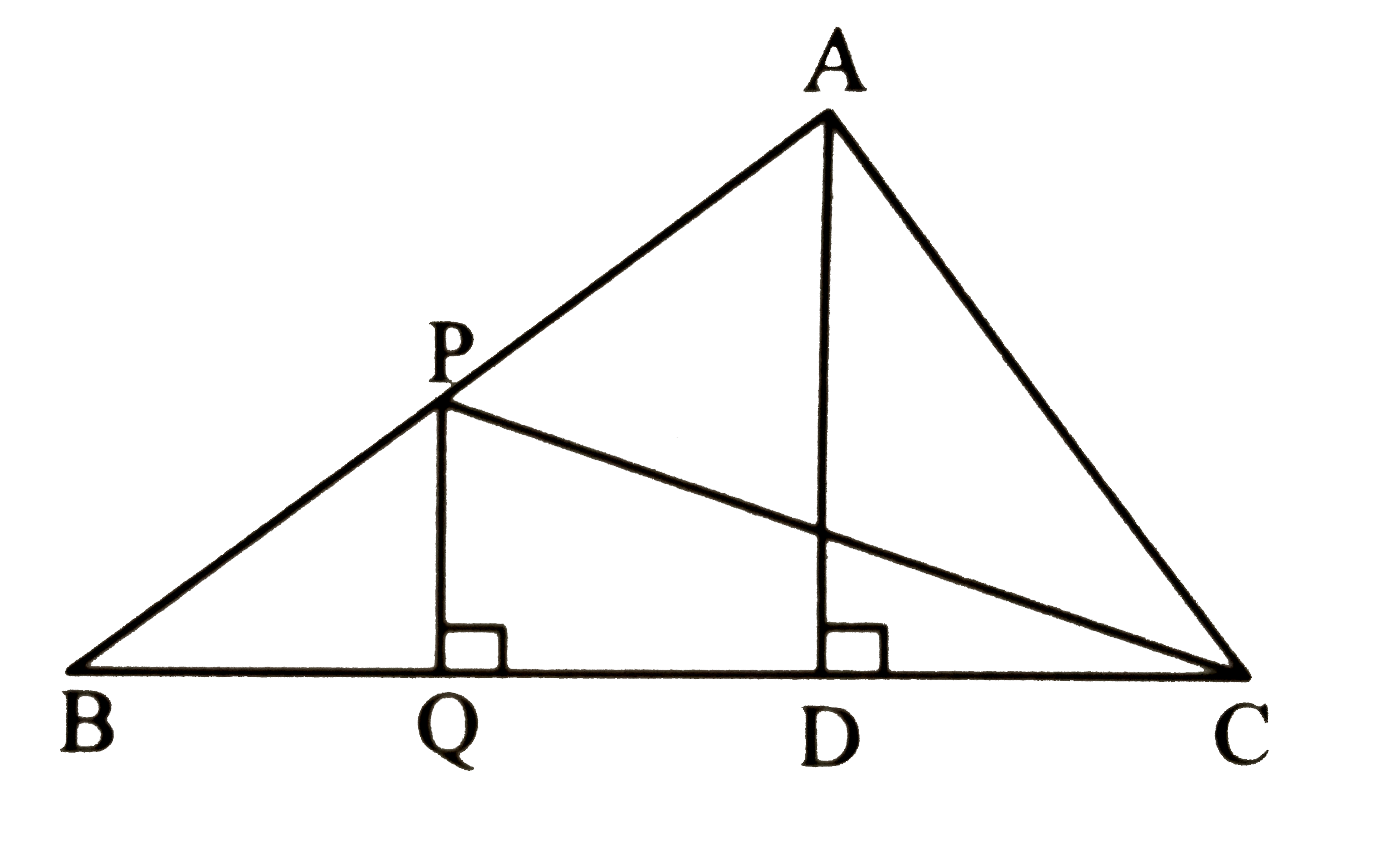
View SolutionIn the adjoining figure, PQ⊥BC,AD⊥BC, then find ratio
A(ΔABC)A(ΔADC).
View SolutionIn the adjoining figure, PQ⊥BC,AD⊥BC, then find ratio
A(ΔPQB)A(ΔPBC).
View SolutionIn the adjoining figure, PQ⊥BC,AD⊥BC, then find ratio
A(ΔADC)A(ΔPQC)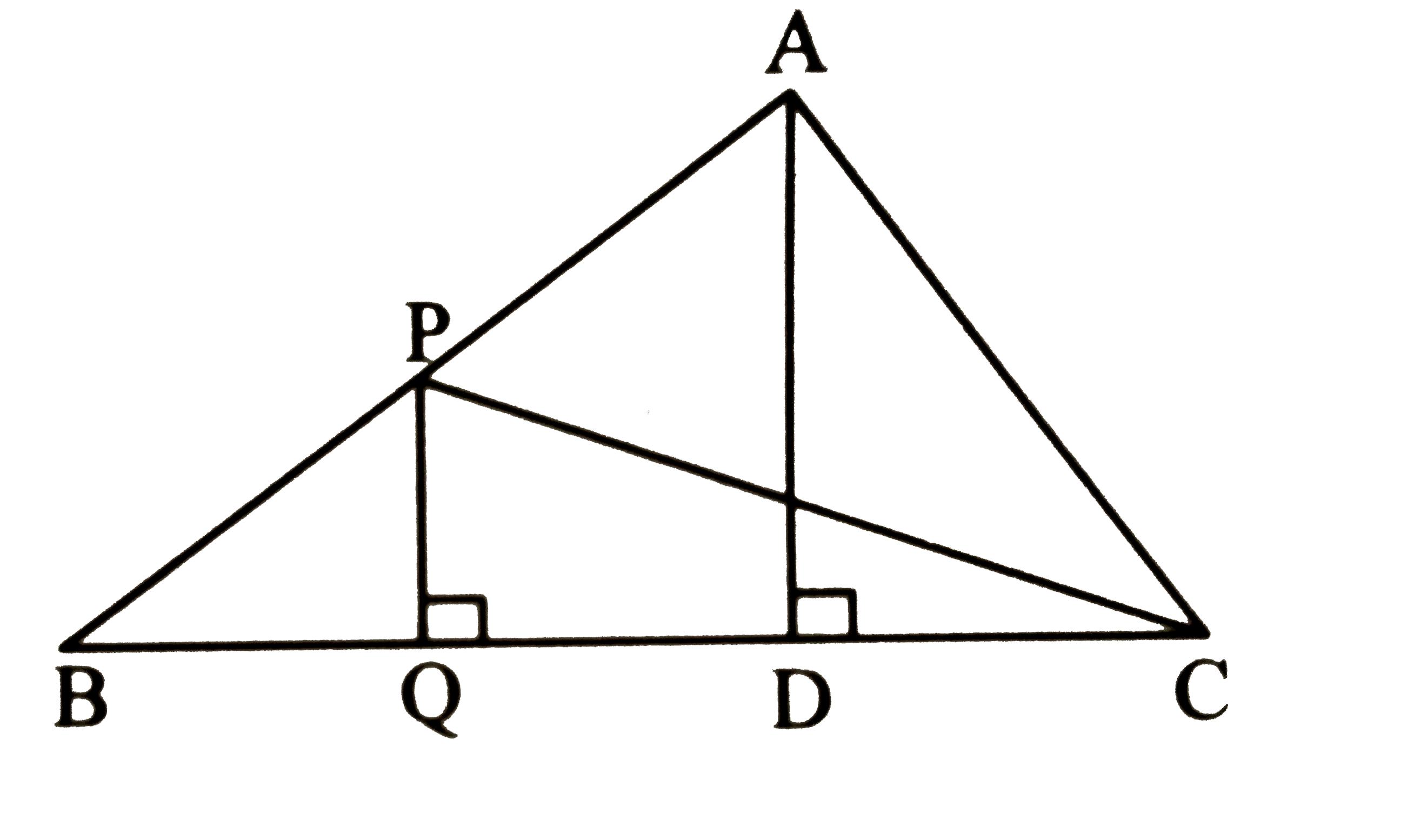
View SolutionIn the adjoining figure, AP⊥BC ,AD||BC ,then find A(ΔABC):A(ΔBCD) .
View SolutionIn adjoining figure,AP⊥BC , AD∣∣BC ,then find Ar.(ΔABC):Ar.(ΔBCD)Fig.
View SolutionIn the following figure AP⊥BC,AD∣∣BC, then find A(ΔABC):A(ΔBCD).
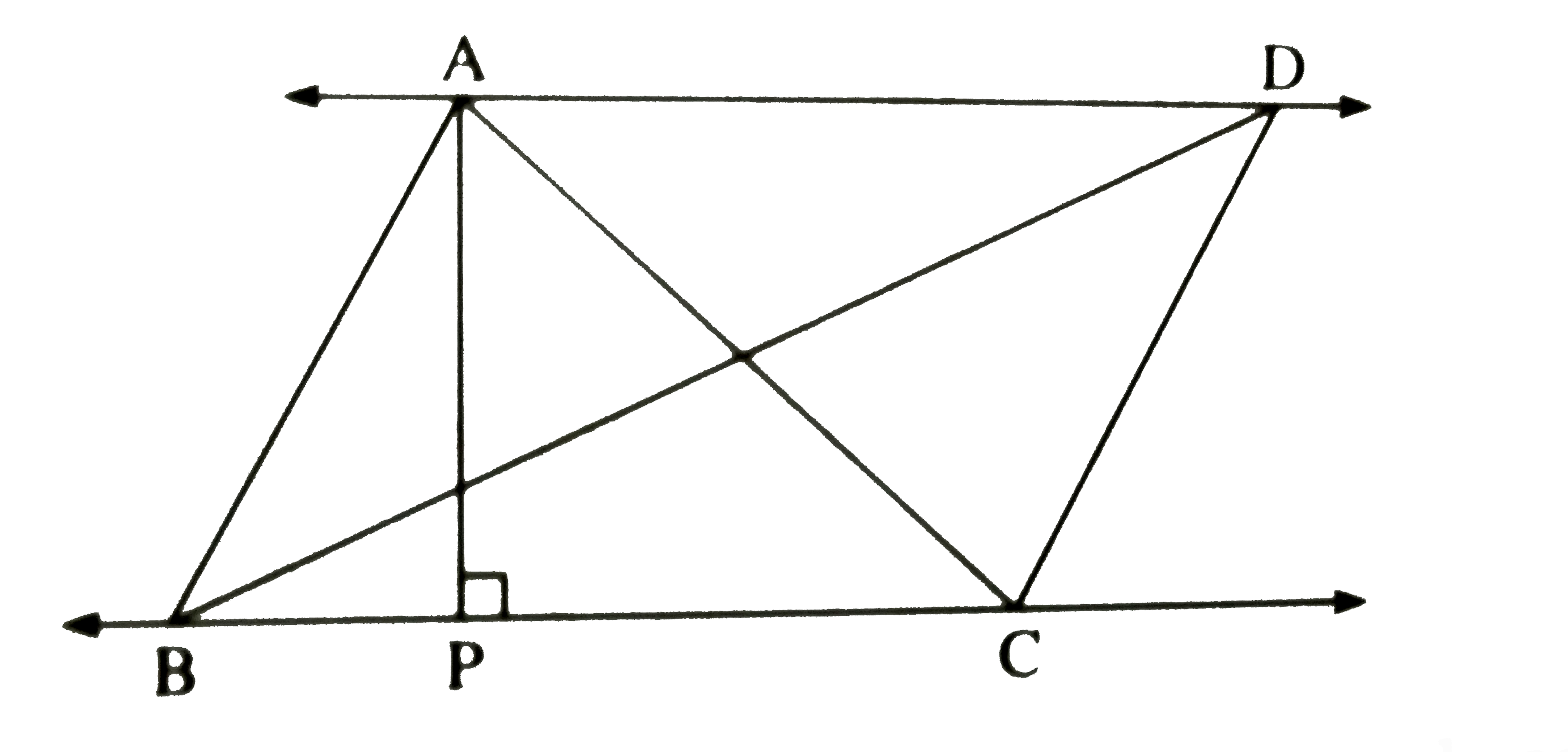
View SolutionIn the adjoining figure, BC⊥AB,AD⊥AB,BC=4,AD=8, then find A(ΔABC)A(ΔADB)..
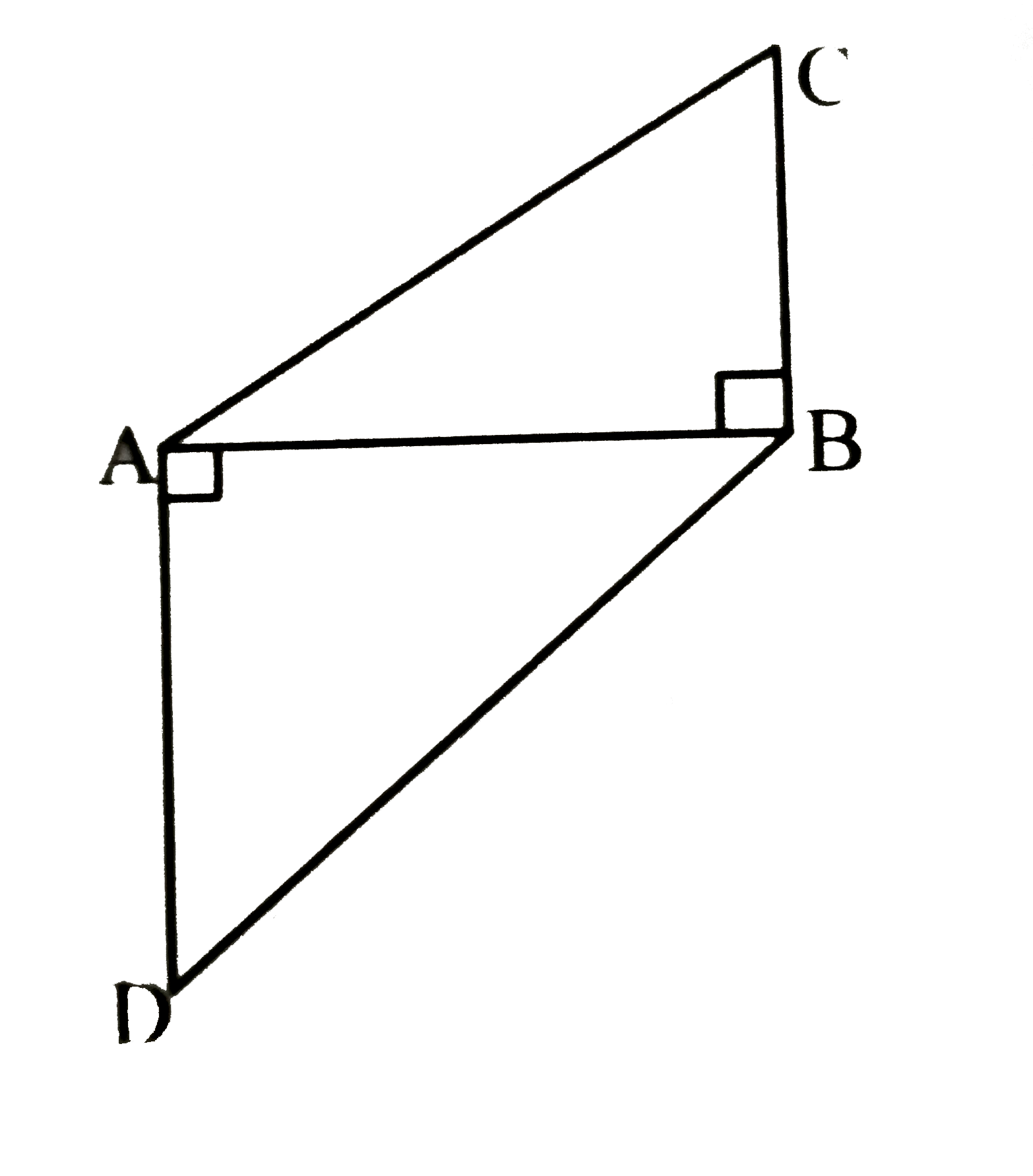
View SolutionIn adjoining figure, PQ⊥BC, AD⊥BC then find the following ratios.
(i)A(ΔPQB)A(ΔPBC) (ii)A(ΔPBC)A(ΔABC)
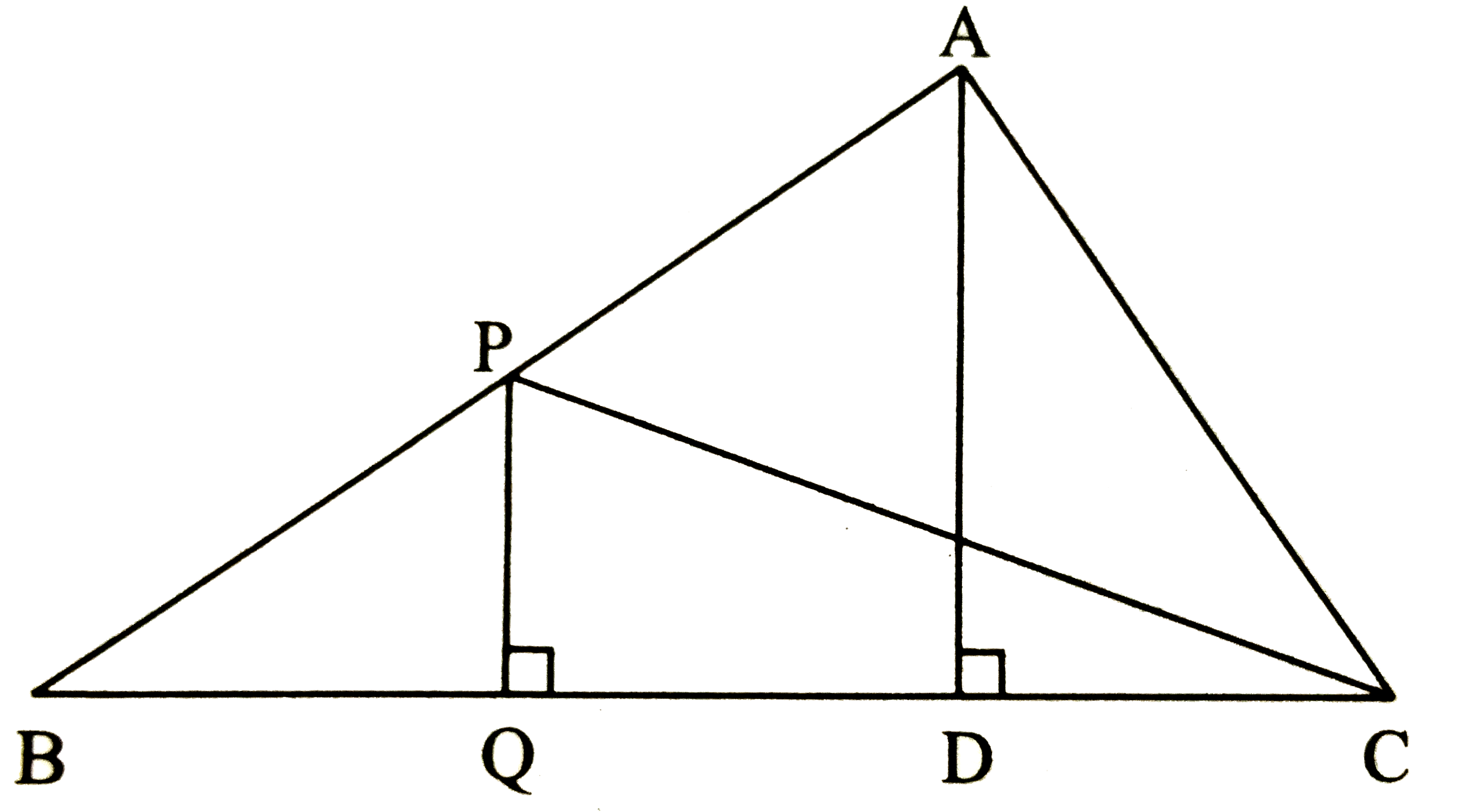
View SolutionIn the figure BC⊥AB,AD⊥AB,BC=4,AD=8, then find A(ΔABC)A(ΔADB).
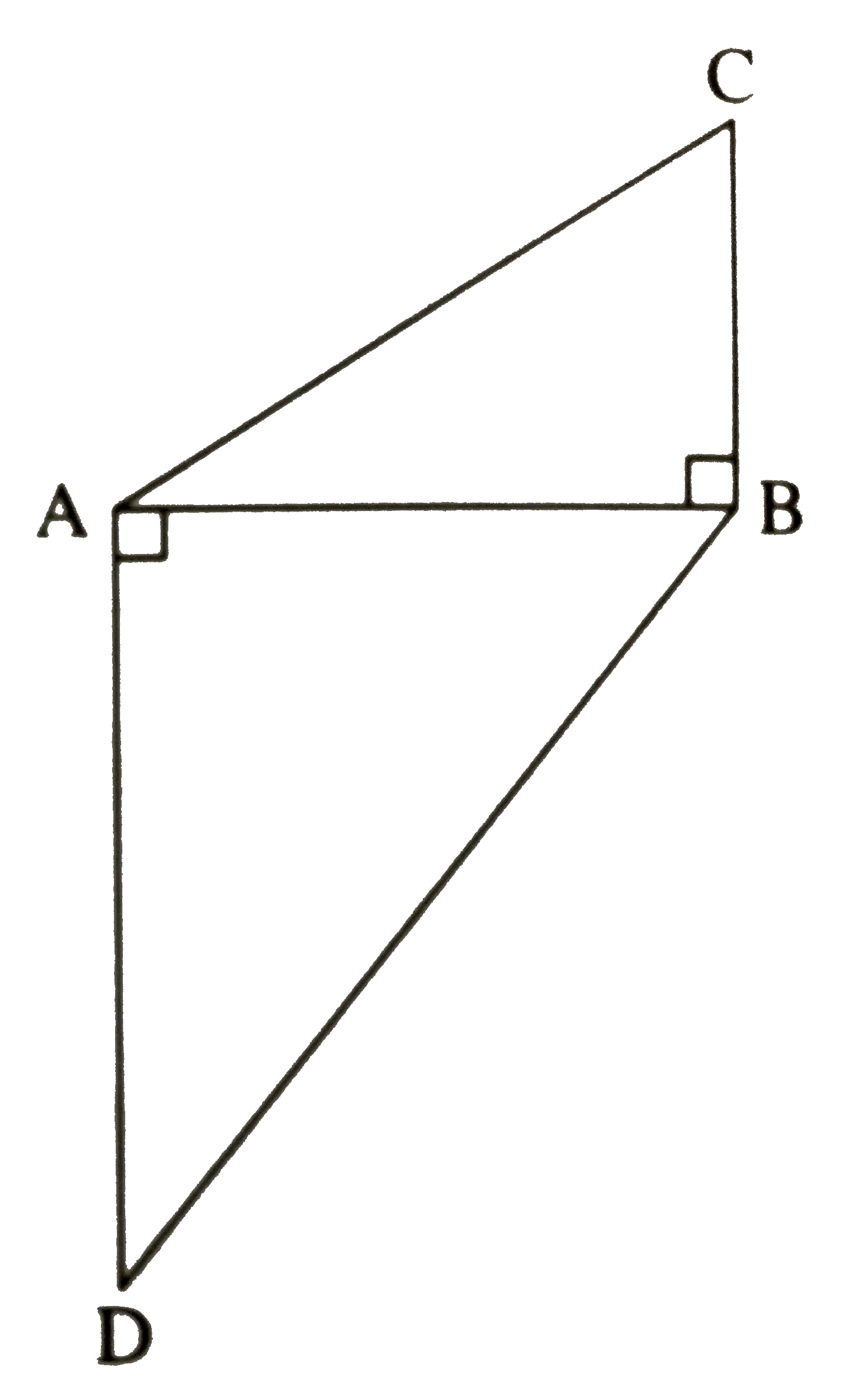
View Solution
